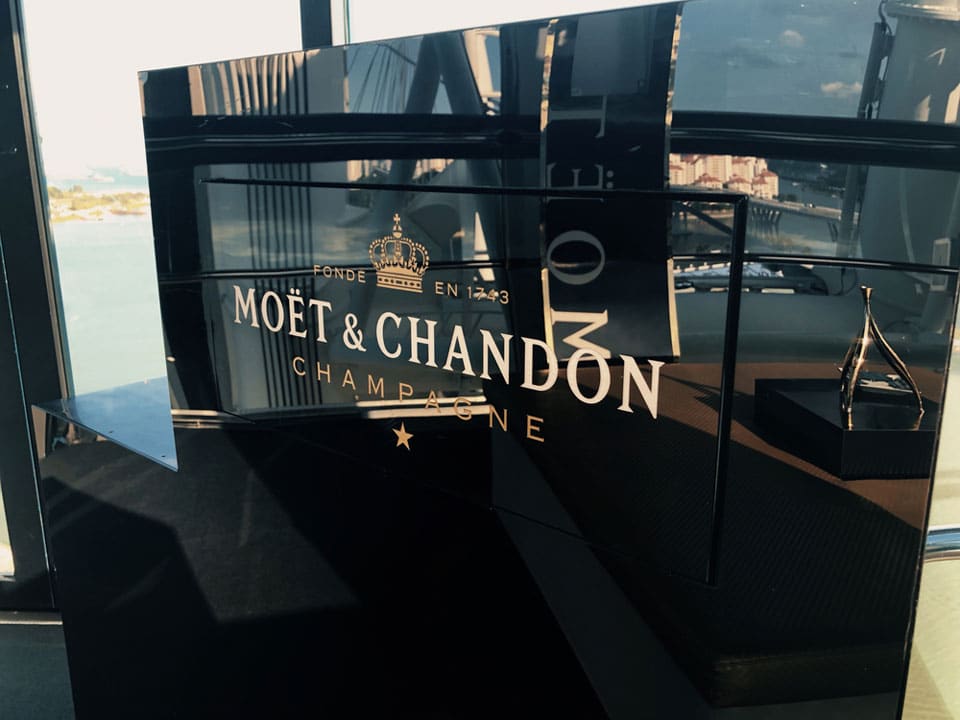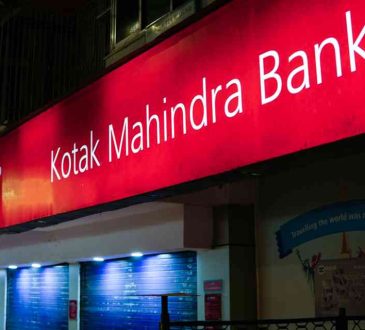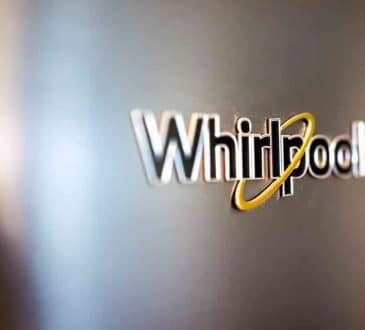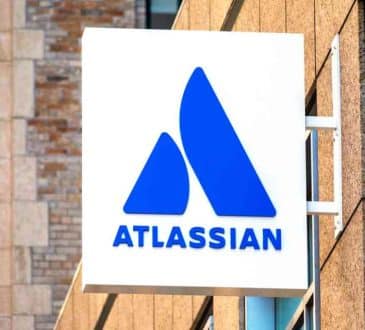Ranked: World’s Best-Selling Champagne Brands, 2023

The luxurious and celebratory nature of Champagne has been around since the 1600s, when it began in the Champagne region of France. This bubbly beverage has been popular since the Roman Empire when they created wine in the area’s unique chalky ground. Even today, Champagne is still seen as a sign of decadence and jubilation.
The International Champagne Market: In 2022, Comité Champagne, a trade organization, reported that French houses had shipped a record-breaking 326 million bottles, leading to Champagne sales reaching a new peak of $6.5 billion, a 1.6% rise from the prior year. This growth was driven by exports ramping up due to demand after the lockdowns.
It’s noteworthy that in 2022, a larger portion of Champagne was exported outside France, increasing 1.4 percent from the previous year and a substantial jump from a decade ago when it only accounted for 45 percent of the sales. Furthermore, due to a plentiful harvest in 2022, both regarding quantity and quality, the supply of Champagne is expected to be replenished, meeting current demand.
The Largest Global Champagne Producer: France is one of the world’s top wine-producing countries, with Champagne playing a pivotal role in this distinction. Moët Hennessy Louis Vuitton SE (LVMH), a renowned French luxury conglomerate formed in 1987, following a merger between Louis Vuitton and Moët Hennessy, is the world’s largest Champagne producer. In 2022, the consolidated MHCS reported an annual revenue surpassing $2.2 billion. It has been speculated that Diageo plc, the world’s biggest producer of spirits, could be looking to purchase full ownership of Moët Hennessy, a move estimated to be priced at around $12.9 billion. Diageo currently holds a 34% stake in the company.
Best-Selling Champagnes in the World: We have identified the 16 top-selling Champagne labels across the globe by referencing data from renowned organizations like VinePair, Reddit, and Drinks International. This ranking was compiled based on the yearly production volumes of each brand, and in cases where two brands had the same production rate, the total exports to the U.S. market were considered.
Among the world of fine Champagnes, a few producers have achieved preeminence, offering a long legacy of quality and tradition. These celebrated Champagne makers have left an indelible mark on the winemaking landscape, each with its own unique background and style. Now, let’s take a closer look at the largest 16 Champagne brands listed in order of production size.
- Moët & Chandon
Annual Production Volume: 30 million bottles
CEO: Philippe Schaus
Since 1743, Moët & Chandon has upheld a legacy of winemaking expertise, marked by a pioneering spirit passed down through generations. Informally known as Moet, this Champagne house pioneered the exclusive crafting of sparkling wine. The Moet & Chandon Esprit du Siècle Brut, priced at $6,502, ranks among the world’s most expensive Champagnes. In 1971, Moët & Chandon merged with Hennessy, the cognac producer, to create Moët Hennessy. In 1987, it further solidified its presence by its merger with Louis Vuitton in a $4 billion deal, forming LVMH. With an astounding annual production of 30 million bottles, a bottle of Moët & Chandon is uncorked somewhere on the globe every second, solidifying its position as the world’s best-selling Champagne brand. - Veuve Clicquot
Annual Production Volume: 19 million bottles
Renowned for its luxury and prestige, Veuve Clicquot boasts a legacy spanning over two centuries. Its history and commitment to quality have elevated it to one of the world’s most coveted Champagnes. The brand garners acclaim for its affiliation with luxury and opulence. In 2021, 647,000 9-liter cases of Veuve Clicquot graced the shores of America. Veuve Clicquot became part of the LVMH group in 1987. - Nicolas Feuillatte
Annual Production Volume: 11 million bottles
In just three decades, Champagne Nicolas Feuillatte has risen to become the leading Champagne brand in France. It is also the world’s third-largest Champagne producer, represented in over 80 countries. Known for its trend-setting approach, Nicolas Feuillatte embodies creativity, modernity, elegance, and curiosity. The U.S. market received approximately 60,000 9-liter cases of the brand in 2021. - Mumm
Annual Production Volume: 8 million bottles
Maison Mumm has crafted exceptional Champagnes rooted in the heart of the Champagne terroir for nearly two centuries, gracing royal courts and fine dining establishments. With over 500 acres of vineyards, Mumm is among the few with extensive holdings, yet these vineyards supply only a quarter of their production needs. The brand’s partnership with Formula 1 as the official sponsor from 2000 to 2015 is a testament to its global presence. Since 2005, G.H. Mumm has been part of the Pernod Ricard group. - Laurent-Perrier
Annual Production Volume: 7 million bottles
Under Bernard de Nonancourt’s visionary leadership, Laurent-Perrier has perfected a style synonymous with freshness and elegance. They do this by emphasizing the region’s premium, less common Chardonnay grapes. In 1999, Laurent-Perrier went public on the French stock exchange, with the de Nonancourt family maintaining a significant 57% ownership stake. In 2021, the United States welcomed 67,000 9-liter cases of Laurent-Perrier Champagne. - Taittinger
Annual Production Volume: 5.5 million bottles
Taittinger’s non-vintage Brut Champagne offers a refreshing, fruit-forward experience. With over 700 acres of vineyards, Taittinger ranks among the largest vineyard owners in the region. While owning substantial plantings, Taittinger also sources up to 50% of the grapes to meet its impressive output. It firmly holds a place among the best Champagne brands globally. - Dom Pérignon
Annual Production Volume: 5 million bottles
With roots tracing back to the 17th century, Dom Pérignon stands as one of the enduring brands within the LVMH portfolio. Known for its luxury and finesse, Dom Pérignon introduced its first vintage in 1921. Acquired by LVMH with the Moët & Chandon acquisition, Dom Pérignon ranks highly in bars worldwide. - Pommery
Annual Production Volume: 4.5 million bottles
Founded as Pommery & Greno in 1858, Champagne Pommery was an early proponent of Brut Champagne, commercializing it in 1874. Currently under the ownership of the Vranken-Pommery Monopole Group, which manages various prestigious wineries, the group achieved a turnover of $291.8 million in 2022. - Piper-Heidsieck
Annual Production Volume: 4 million bottles
Piper-Heidsieck, since its inception in 1785, has been a beacon of innovation in crafting exceptional wines. Chief Winemaker Émilien Boutillat champions the house’s unique style, underpinned by a commitment to conscientious, sustainable practices. In the late 1980s, Piper-Heidsieck became part of the Rémy Cointreau group, exporting approximately 45,000 9-liter cases to the U.S. in 2021. - Lanson
Annual Production Volume: 4 million bottles
Founded in 1760, Maison Lanson boasts a rich history spanning 260 years in Champagne production. Maturity is a hallmark of Lanson’s Champagnes, as they are cellared for a minimum of four years to develop exceptional complexity. Since 2006, the Lanson-BCC group, led by Bruno Paillard, has been the brand’s owner, achieving a revenue of $274.5 million in 2022. Lanson secures its place among the top 10 most popular Champagne brands. - Canard-Duchêne
Annual Production Volume: 4 million bottles
Established in 1868, Canard-Duchêne, currently owned by the Thiénot group, is a Champagne house with a global presence. Its annual production reaches 4 million bottles, and intriguingly, a bottle is uncorked somewhere around the world every 15 seconds. - Louis Roederer
Annual Production Volume: 3.2 million bottles
In 1845, Louis Roederer ventured into wine growing by acquiring 15 hectares in the Grand Cru vineyards of Verzenay, a pioneering move at a time when grapes had limited value. This strategic choice allows Louis Roederer to produce exclusively from its own vines, a rarity in the Champagne region. The house exports three million bottles globally, securing its place among the top 50 Champagne brands. - Perrier-Jouët
Annual Production Volume: 3 million bottles
Perrier-Jouët has left an indelible mark on the world of bubbly for over two centuries. Notably, it was one of the first Champagne houses to date its blends or vintages, a practice known for its meticulousness. Although ownership changed hands over the years, it ultimately settled with Pernod Ricard in 2005. Perrier-Jouët maintains an impressive 65 hectares, contributing to 25% of its annual production of 3 million bottles. Fruit sourcing spans 70 villages, with a focus on Chardonnay grapes in the Côte des Blancs. - Bollinger
Annual Production Volume: 3 million bottles
Since 1829, Bollinger has crafted exceptional Champagnes known for their robust, sophisticated, and complex characteristics. With vineyards strategically situated in Champagne’s finest crus, Bollinger boasts 179 hectares of vines, predominantly Grand and Premier Crus, cultivated by various growers across seven distinct vineyards. A pioneer in sustainability, Bollinger achieved the ‘High Environmental Value’ certification in 2012, followed by a sustainable viticulture certification in Champagne two years later. - Ruinart
Annual Production Volume: 2.5 million bottles
As the very first sparkling wine house in Champagne, Ruinart dates back to 1729, founded by Nicolas Ruinart. Presently part of the LVMH group, Ruinart primarily sources grapes from growers due to limited vineyard holdings. Ruinart’s wines are known for their Chardonnay dominance, silkiness, and refinement. Notably, Ruinart holds the distinction of being the first house to create rosé Champagne, a tradition initiated in 1764. - Billecart-Salmon
Annual Production Volume: 2 million bottles
CEO: Mathieu Roland-Billecart
Established in 1818 through the union of Nicolas François Billecart and Elisabeth Salmon, Billecart-Salmon Champagne remains predominantly family-owned, with the Billecart family retaining a 55% stake. The remaining 45% is held by the Frey group, which boasts ownership of esteemed wineries in Bordeaux, the Rhône, and Burgundy. In 2022, the Billecart-Salmon Champagne House recorded revenues of $86.6 million.
In summary, these famous Champagne producers, from Laurent-Perrier to Moët & Chandon, epitomize winemaking excellence. Their track record of excellence and creativity has ensured their legacy in high-end Champagne. From the timeless opulence of Veuve Clicquot to the quick success of Nicolas Feuillatte, these brands represent the skill and legacy of the Champagne industry, giving connoisseurs a wide selection of choices that have remained popular over the years.
Add CEOWORLD magazine to your Google News feed.
Follow CEOWORLD magazine headlines on: Google News, LinkedIn, Twitter, and Facebook.
This report/news/ranking/statistics has been prepared only for general guidance on matters of interest and does not constitute professional advice. You should not act upon the information contained in this publication without obtaining specific professional advice. No representation or warranty (express or implied) is given as to the accuracy or completeness of the information contained in this publication, and, to the extent permitted by law, CEOWORLD magazine does not accept or assume any liability, responsibility or duty of care for any consequences of you or anyone else acting, or refraining to act, in reliance on the information contained in this publication or for any decision based on it.
Copyright 2024 The CEOWORLD magazine. All rights reserved. This material (and any extract from it) must not be copied, redistributed or placed on any website, without CEOWORLD magazine' prior written consent. For media queries, please contact: info@ceoworld.biz
SUBSCRIBE NEWSLETTER








